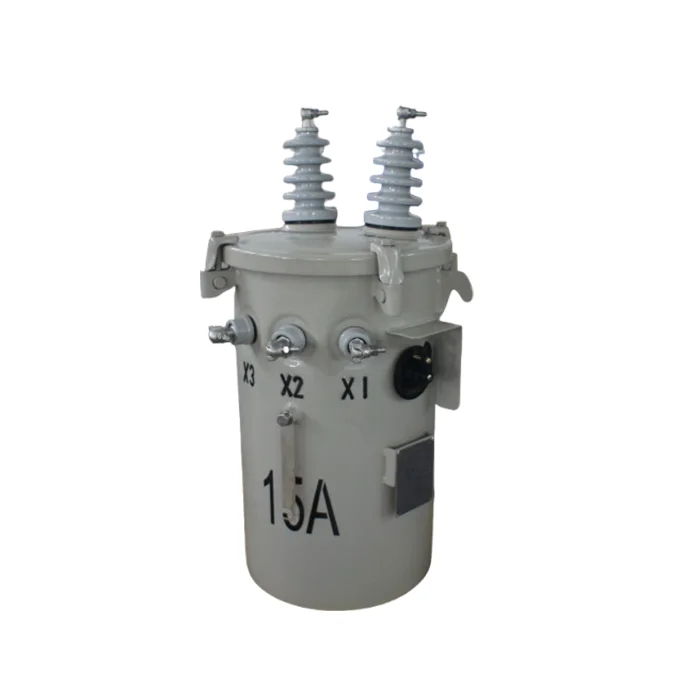Water treatment is a critical process that ensures the provision of safe and clean drinking water. With numerous options available, it can be challenging to determine the safest water treatment option. In this blog post, we will delve into the various water treatment methods, evaluating their effectiveness, safety, and suitability for different scenarios. By the end, you will have a comprehensive understanding of the safest water treatment option.
- Understanding Water Treatment Methods:
1.1. Chlorination: Examining the traditional method of disinfecting water with chlorine, its effectiveness in killing pathogens, and potential health concerns associated with disinfection by-products (DBPs).
1.2. UV Disinfection: Exploring the use of ultraviolet (UV) light to eliminate microorganisms, its advantages, limitations, and the importance of proper maintenance.
1.3. Reverse Osmosis: Analyzing the process of reverse osmosis, its ability to remove contaminants, and the need for pre-treatment and post-treatment measures.
1.4. Activated Carbon Filtration: Discussing the role of activated carbon in removing organic compounds, chemicals, and taste and odor issues, while considering its limitations.
1.5. Ozonation: Investigating the use of ozone as a powerful disinfectant, its effectiveness against a wide range of contaminants, and the potential formation of harmful by-products. - Evaluating Safety Factors:
2.1. Pathogen Removal: Assessing the efficiency of each treatment method in eliminating bacteria, viruses, and protozoa, with a focus on waterborne diseases.
2.2. Chemical Contaminant Removal: Analyzing the ability of different treatment options to remove heavy metals, pesticides, pharmaceuticals, and other harmful chemicals.
2.3. Disinfection By-products: Discussing the formation of DBPs in chlorinated water and exploring alternative methods that minimize their production.
2.4. Maintenance and Monitoring: Highlighting the importance of regular maintenance, monitoring, and adherence to regulatory standards to ensure ongoing safety. - Suitability for Different Scenarios:
3.1. Municipal Water Treatment: Assessing the most suitable options for large-scale water treatment plants, considering factors such as cost, efficiency, and ease of implementation.
3.2. Residential Water Treatment: Discussing the safest and most practical methods for households, including considerations for space, budget, and specific contaminant concerns.
3.3. Emergency Situations: Exploring portable water treatment options for disaster-stricken areas or outdoor activities, emphasizing ease of use, reliability, and effectiveness.
Conclusion:
After a comprehensive analysis of various water treatment methods, it is evident that no single option can be deemed universally safest. The choice of the safest water treatment option depends on specific requirements, such as the level of contamination, available resources, and intended use. It is crucial to consider a combination of treatment methods and prioritize regular maintenance and monitoring to ensure the ongoing safety of our water supply.


